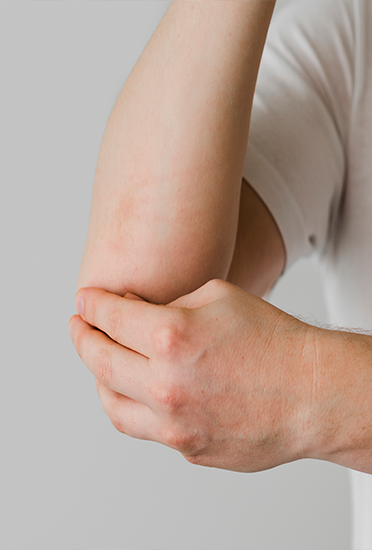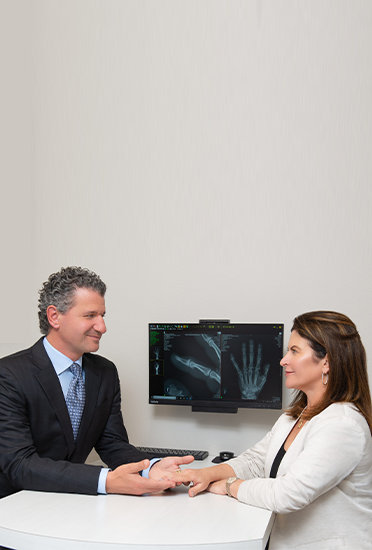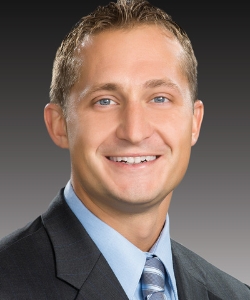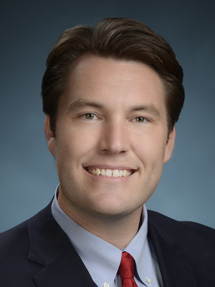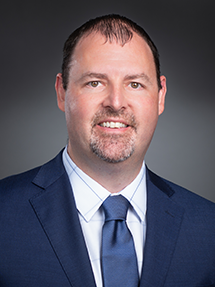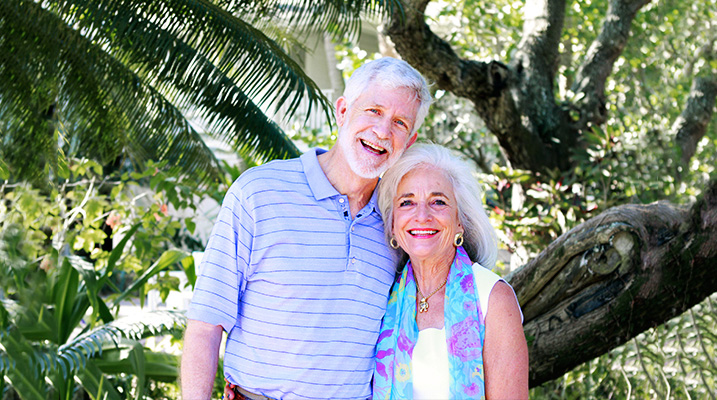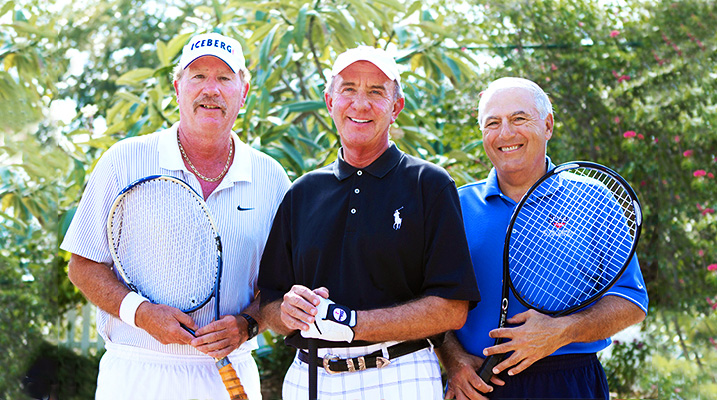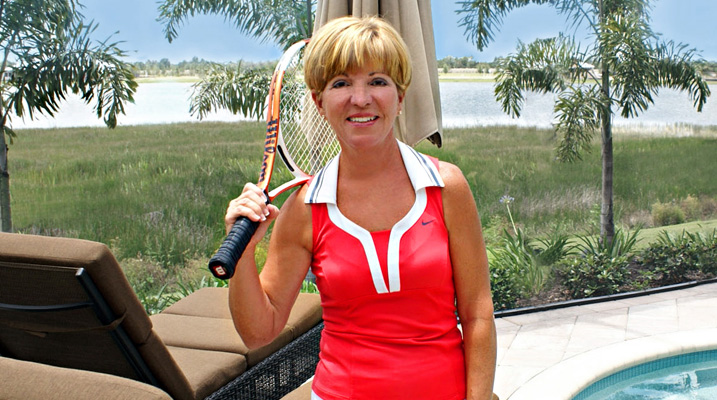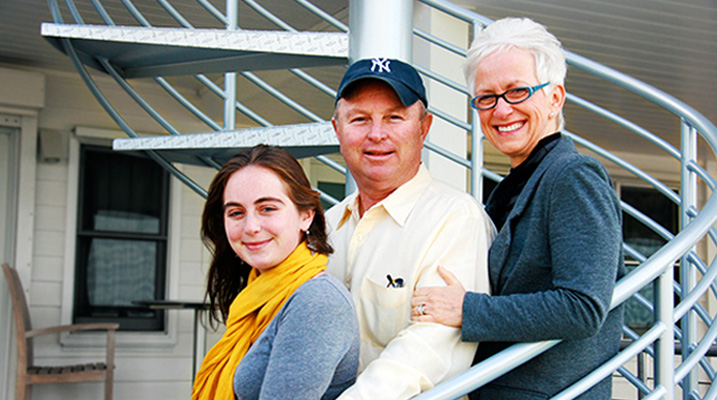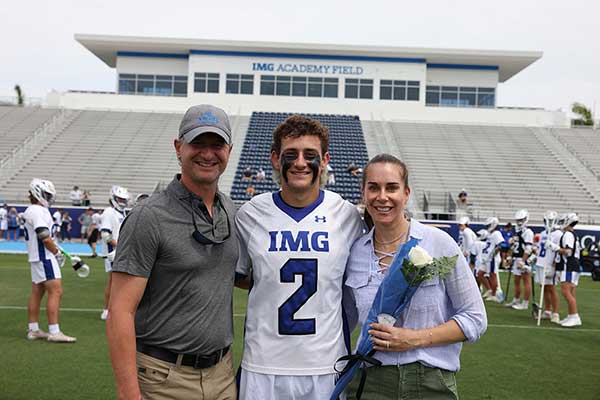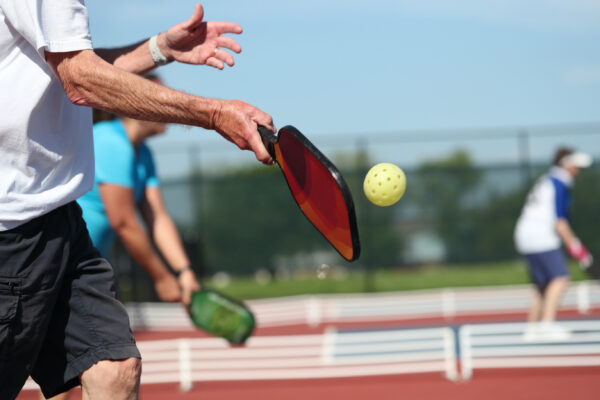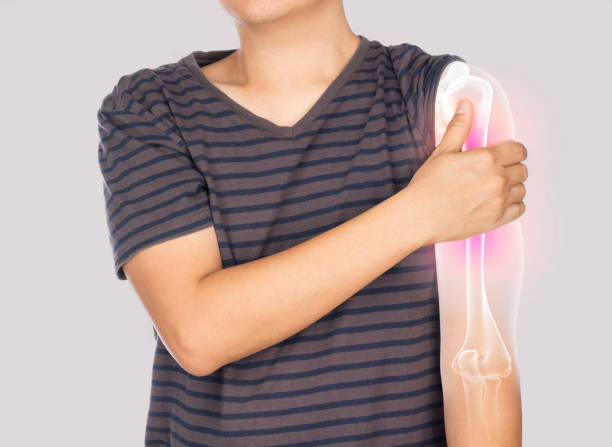Shoulder Arthroscopy
Most people think of the shoulder joint as one joint, but it comprises the glenohumeral and acromioclavicular joints. The acromioclavicular joint is found where your clavicle (collarbone) and the acromion of your shoulder blade meet. The glenohumeral joint is positioned where your humerus (the arm’s upper bone) and the glenoid (a cup-like part of the scapula) meet.
Most injuries to your shoulder happen in the space between your rotator cuff and acromion or around the soft tissues supporting the joint. The rotator cuff is a bundle of tendons and muscles that form a cuff over your shoulder joint. These hold your arm in the shoulder joint and help the shoulder move in multiple directions.
In the past, most surgical procedures to the shoulder were meant to manage rotator cuff tears and SLAP lesions. The list has now expanded to include shoulder instability, shoulder bursitis, nerve impingement, frozen shoulder, bicep tendinitis, and acromioclavicular joint arthritis. Furthermore, while shoulder surgeries were performed as open surgeries in the past, most orthopedic centers have moved to arthroscopic shoulder surgery, also called shoulder arthroscopy.
If you have come across shoulder arthroscopy when looking for solutions to your shoulder issues, Sforzo Dillingham is your best source of the best treatment under experienced physicians. Here is some information Dr. Christopher L. Dillingham has elaborated to help you know as much as you can about shoulder arthroscopy.
What Is Shoulder Arthroscopy?
Some patients cannot withstand the rigors of open surgery to treat shoulder issues. Shoulder arthroscopy is the answer for them and others looking for a minimally invasive procedure for treating their shoulder conditions. Our surgeon, Dr. Christopher L. Dillingham, carries out this procedure to treat different conditions through small incisions in your affected shoulder joint under the guidance of fiber optics and a tiny camera.
The early use of arthroscopy in orthopedics focused on knee procedures where the evaluation of the knee was performed with no additional lighting. Fiber optic technology was introduced into the procedure in the 1970s-80s, which significantly improved arthroscopic surgeries and led to their adoption for shoulder procedures about 7-8 years later.
An estimated 257,541 shoulder arthroscopic procedures were performed in 2006 on an ambulatory basis, with the number steadily increasing since then. In shoulder arthroscopy, the doctor cuts a small incision around your shoulder through which he will insert an arthroscope, fiber optic for lighting, and surgical instruments for corrective surgery or diagnostic purposes. In contrast, to open shoulder surgery, shoulder arthroscopy has smaller incisions and less tissue damage when performed by our certified orthopedic surgeon.
Shoulder Arthroscopy Anatomy
The name ‘arthroscope’ comes from ‘arthro,’ meaning joint, and ‘skopein’ means to look Greek. As a whole, these two terms mean to look into a joint. In arthroscopy, a surgeon uses a small camera known as an arthroscope to view your joint’s condition through images projected on a video monitor and guide his/her use of miniature surgical tools.
When undergoing right or left shoulder arthroscopy, it helps to know the relevant structures that the surgeon will focus on in your shoulder joint. The surface landmarks for your procedure include the clavicle, coracoid, scapular spine, acromion, and acromioclavicular joint.
An understanding of the structures in your shoulder arthroscopy anatomy also guides the choice of a CPT code for shoulder arthroscopy that will be sent to your insurer. While this might seem irrelevant to patients, using the wrong right or left shoulder arthroscopy CPT code can lead to the rejection of your insurance claim or a higher charge than the average shoulder arthroscopy cost. There are three shoulder arthroscopy portals used to access shoulder structures in arthroscopy, including lateral, anterior, and posterior, as depicted below:
The standard placement of a posterior portal in shoulder arthroscopy is the soft spot around the infraspinatus muscle about 2cm inferior and medial to the acromion’s posterolateral border. In anterior portal placement for biceps tenodesis or rotator cuff repair management, the portal is centrally positioned near the subscapularis tendon. The portal is placed 1-2cm distal to the acromion’s lateral edge in lateral portal placement.
When is Shoulder Arthroscopy Recommended?
Shoulder arthroscopy has slowly evolved since its introduction to the medical sector, with its approaches and instruments continually improved to enhance patient outcomes. Nonetheless, doctors at Sforzo Dillingham often recommend conservative treatments for shoulder conditions to improve the shoulder’s functionality and relieve local dysfunction. Some of these non-surgical treatment options, explained by Dr. Christopher L. Dillingham, include:
- Physiotherapy
- Massage
- Medications or injections to reduce inflammation and support healing
- Occupational therapy
- Electrotherapy
- Thermotherapy
- Ultrasound and shockwave therapies
- Exercise
When conservative treatments do not solve your shoulder issue, our expert surgeon will often suggest shoulder arthroscopy. Below are the common indications of shoulder arthroscopy:
- Rotator cuff repairs
- Evaluation and management of shoulder instability or stiffness
- The repair or removal of the labrum {cartilage ring} or biceps tendon
- Ligament repair
- Subacromial decompression
- Distal clavicle resection usually in those with shoulder arthritis
- Release of scar tissue or contractures
- Removal of loose cartilage or inflamed tissues
- Repair of recurring shoulder dislocation
- Drainage /debridement in shoulder joint infections
Surgical Procedure for Shoulder Arthroscopy
Shoulder arthroscopy starts with a patient’s preparation for the surgery. The doctor might ask you to temporarily stop taking some medications like blood thinners and stop smoking or drinking alcohol a few days before the procedure. Surgeons also usually consult with the doctors of patients with chronic conditions like diabetes and hypertension to ensure the surgery will not exacerbate the conditions.
Here are the typical steps we have accumulated of a shoulder arthroscopy after you have prepared adequately:
- Administration of anesthesia. In most instances, patients get both general and regional anesthesia. The regional nerve block numbs the arm and shoulder to negate pain during and a few hours after the procedure. General anesthesia keeps you comfortable during shoulder arthroscopy.
- Correct positioning so that the surgeon can easily insert an arthroscope into your shoulder.
- Injection of a fluid inflates your shoulder joint and makes it easy to see all structures during arthroscopy.
- Insertion of an arthroscope through a button-hole-sized puncture.
- Projection of images through the arthroscope onto a monitor. The images guide any interventions the surgeon will undertake. The doctor can insert specialized instruments to correct any issues through another small incision, as illustrated below:
- Closing of the incisions with small adhesive bandage strips or sutures, then covering with a soft bandage.
Shoulder Arthroscopy Recovery
72% of subjects in a study who had undergone shoulder arthroscopy rotator cuff repair had full functional recovery of their shoulder joint within six months of their surgery. A high success rate in your procedure depends on how you care for your operated shoulder after the surgery. Full recovery after shoulder arthroscopy will take 6-12 months, but you can return to work or school within a few days after your procedure.
Here are a few guidelines by our experienced physician Dr. Christopher L. Dillingham for optimal recovery after shoulder arthroscopy:
- You will spend an hour or two in the hospital for monitoring after your procedure. Have someone drive you home and stay with you for at least 24 hours.
- Pain and some discomfort are expected. You can relieve these with ice packs and prescribed pain medications like opioids, topical anesthetics, or NSAIDs. Managing pain allows you to feel comfortable and hastens your body’s healing.
- You can replace the large bandages from the hospital with Band-Aids a few days after shoulder arthroscopy. Shower when your wound is dry, and be careful not to scrub or soak your incisions.
- The surgeon will give you a special immobilizer or sling to protect your shoulder and allow it to heal. He/she will advise on how long you should use the sling, depending on your healing.
- Start on the rehabilitation program developed by your surgeon as advised. Rehabilitation exercises are essential to regain your shoulder’s functionality, strength, and range of motion. If your surgical repair was extensive, a physiotherapist might be needed to supervise the exercises.
- Keep an eye out for complications like blood clots, excessive bleeding, infections, and nerve damage to promptly report them to a surgeon.


